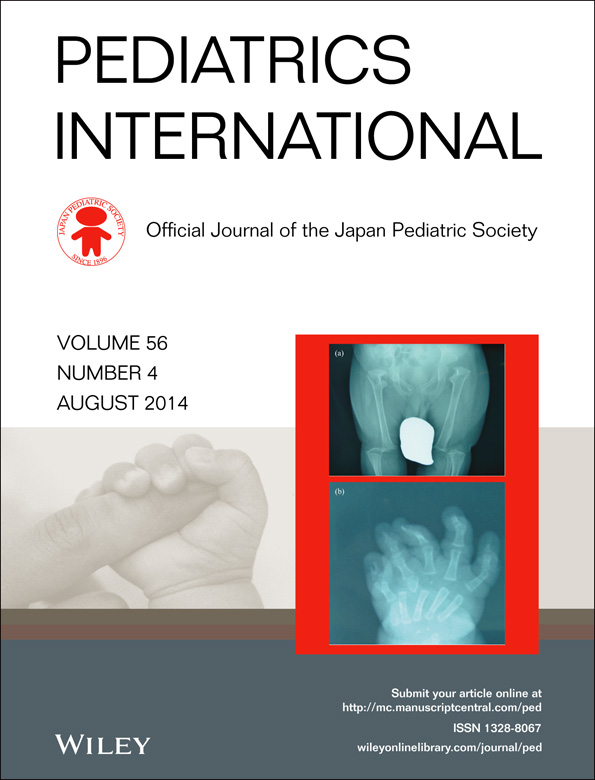Experience of decortication for restrictive hemodynamics in adults with congenital heart disease
Abstract
We treated four postoperative adults with congenital heart disease with severe restrictive hemodynamics (RH), and performed decortication (DC) with the anticipation of some relief of the RH. The catheterizations before DC showed high central venous, and right and left ventricular end-diastolic pressures with “dip-and-plateau” pressure waveforms in the right and left ventricles. Upon myocardial histopathologic examination, moderate myocardial fibrotic change was demonstrated in two of three cases. DC led to decrease in type B natriuretic peptide levels in all cases, resulting in a decline in the central venous, right and left ventricular end-diastolic pressures in three cases. Successful DC-related relief of RH, dilatation of the ventricles with decline in central and end-diastolic pressures, was observed in only one case. Our limited DC-related hemodynamic improvement indicates a complexity of the severe RH, which may represent a unique intractable heart failure pathophysiology in intractable postoperative adult congenital heart disease.




